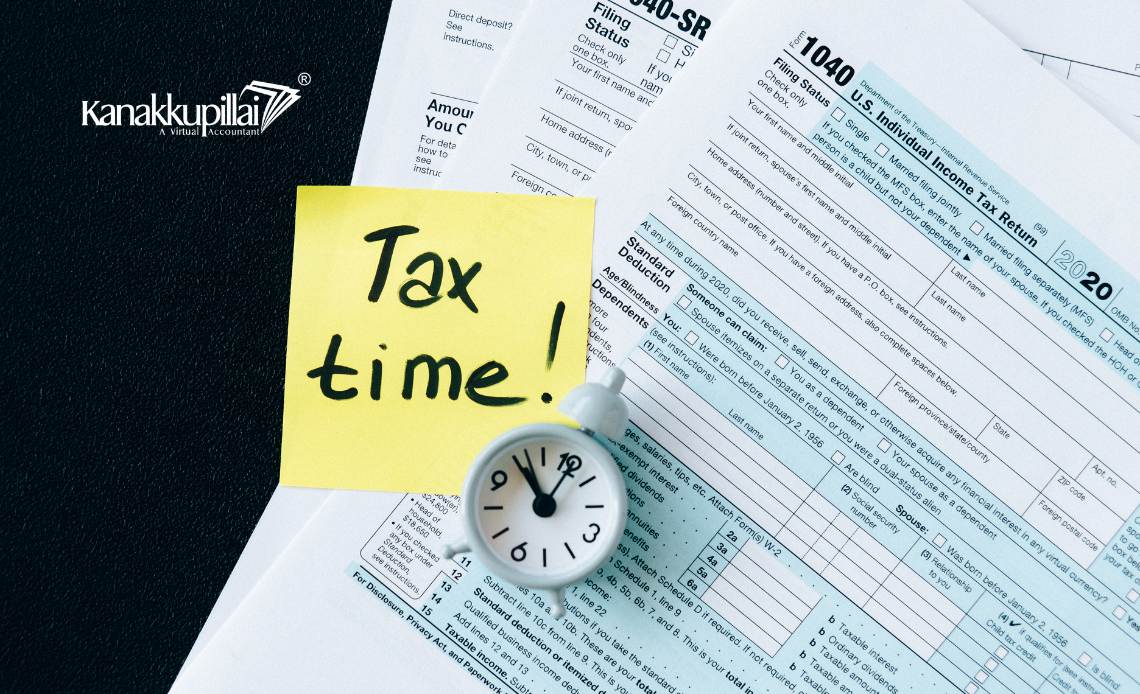In India, all registered employers are legally responsible for complying with Provident Fund regulations. Submitting PF returns on time is mandatory by law and helps both employees and the company with transparency. An important part of this process is the PF annual return, which outlines all the amounts contributed during the year. This posting explains when PF annual returns are due, what forms to submit, how to complete the return, and the problems that can arise from late submission.
Provident Fund and Its Significance
India’s Provident Fund is governed by rules outlined in the Employees’ Provident Funds and Miscellaneous Provisions Act, 1952. The Employees’ Provident Fund Organisation (EPFO) supervises the system, which is used in establishments with 20 or more employees. Here, the employee and employer each pay 6% of the wage and dearness allowance monthly. Contributions through EPF and EPS help secure a retirement fund for employees and provide financial assistance in the event of an emergency.
What is the PF Annual Return?
The PF annual return includes all PF money contributed by both the employer and the employees in the past year. It includes a record of the monthly contributions taken out from employees’ PF accounts. Employers are required to file a return with the EPFO using specific forms on an annual basis to ensure that employee records are accurate. It is necessary to check the employee’s PF passbook to withdraw PF funds and for the audit and inspection process.
PF Annual Return Due Date for FY 2024–25
The PF annual return should be submitted by 30th April OF Every year. For the financial year 2024–25, the PF yearly return must be submitted by April 30, 2025. All establishments under the EPFO are required to submit their annual return for the period from April 1, 2024, to March 31, 2025, by the end of April 2025. Failure to meet this deadline may result in penalties and interest fees as outlined in the Employees’ Provident Funds Act. It is recommended that employers do their returns well ahead of the deadline to prevent any technical difficulties on the site.
Required Documents for Filing PF Annual Return
The PF annual return must include two forms. First is Form 3A, which records the payable and receivable PF contributions for every staff member on a monthly basis. You will find the employee’s name, PF number, wages, and the total contribution from each month of the financial year. The second form is called Form 6A and is a yearly statement that covers all employees’ contributions. This document reports the total number of personnel, the wages earned by all employee,s and the aggregate PF payments by the employer.
The Process for Filing PF Annual Return Online
Employers must go to the EPFO Unified Portal, enter their establishment ID and password, and then proceed to file the return. Once the user is logged in, they should go to the ‘Annual Returns’ section to download the correctly formatted versions of Forms 3A and 6A. Then, employers should add the necessary data for the employee and employer side of the form. Following the completion of forms, the system must verify the data and then upload it back onto the portal. Once you have successfully submitted, a receipt of your submission is created and should be saved for your records.
Monthly PF Return Filing and Its Significance
Besides the annual return, all employers regulated by the EPF Act are also supposed to submit monthly PF returns through the ECR system. Employees must return the IDF form by the 15th of each month, following the month in which they earned the wages. For every employee in the ECR, there are details about their salary and the contributions made by each party. By filing the monthly return as required, contributions are correctly updated in each employee’s PF account, no penalties are charged, and any withdrawals or transfers can be handled with ease. Staying compliant every month is crucial for your annual tax filing and helps ensure employee PF details are updated with the EPFO.
What Happens if the PF Annual Return Is Not Submitted on Time
If the Annual PF return is not filed by the deadline, a company may be fined, charged interest, and face a damage assessment under the EPF Act. Any employer who does not pay within the stated period may be required to pay interest at 12 percent per year, as stipulated in Section 7Q. Under Section 14B of the EPFO, any delay is penalized with a damage fee ranging from 5 percent to 25 percent of the amount due. Frequent violation of the law may cause lawmakers to take legal action, including dropping a PF from their register.
Common Errors When Filing the PF Annual Return
Entering incorrect wages, uploading incomplete or inaccurate files to the EPFO website, or forgetting to submit Form 3A are some of the common mistakes made by employers. The employee’s PF withdrawal may be rejected, or the employee’s contribution may not be correctly recorded if these mistakes happen. Check and verify all the data before submitting the final document, and ensure that you follow the EPFO-prescribed format correctly. If you leave filing to the last minute, the site may become slow or blocked because many people are trying to use it simultaneously.
Conclusion
It is a requirement for every employer to file the PF annual return dutifully every year. PF annual returns for the financial year 2024–25 must be submitted by April 30, 2025. When Form 3A and Form 6A are submitted on time, it facilitates processing, keeps the company in compliance with EPFO, and prevents potential fines. Correct procedures, neat records, and staying prepared for deadlines help businesses maintain trust among their employees.





